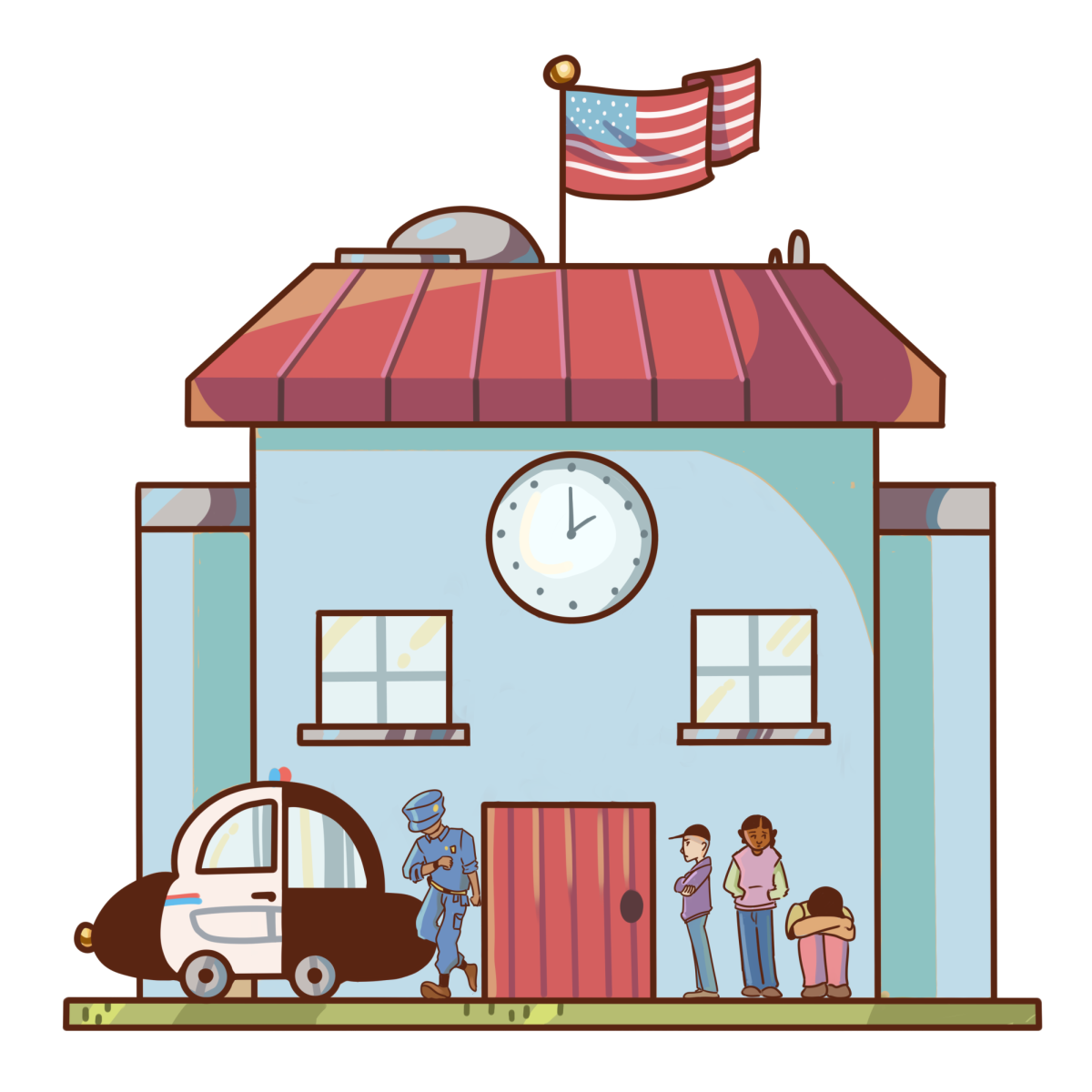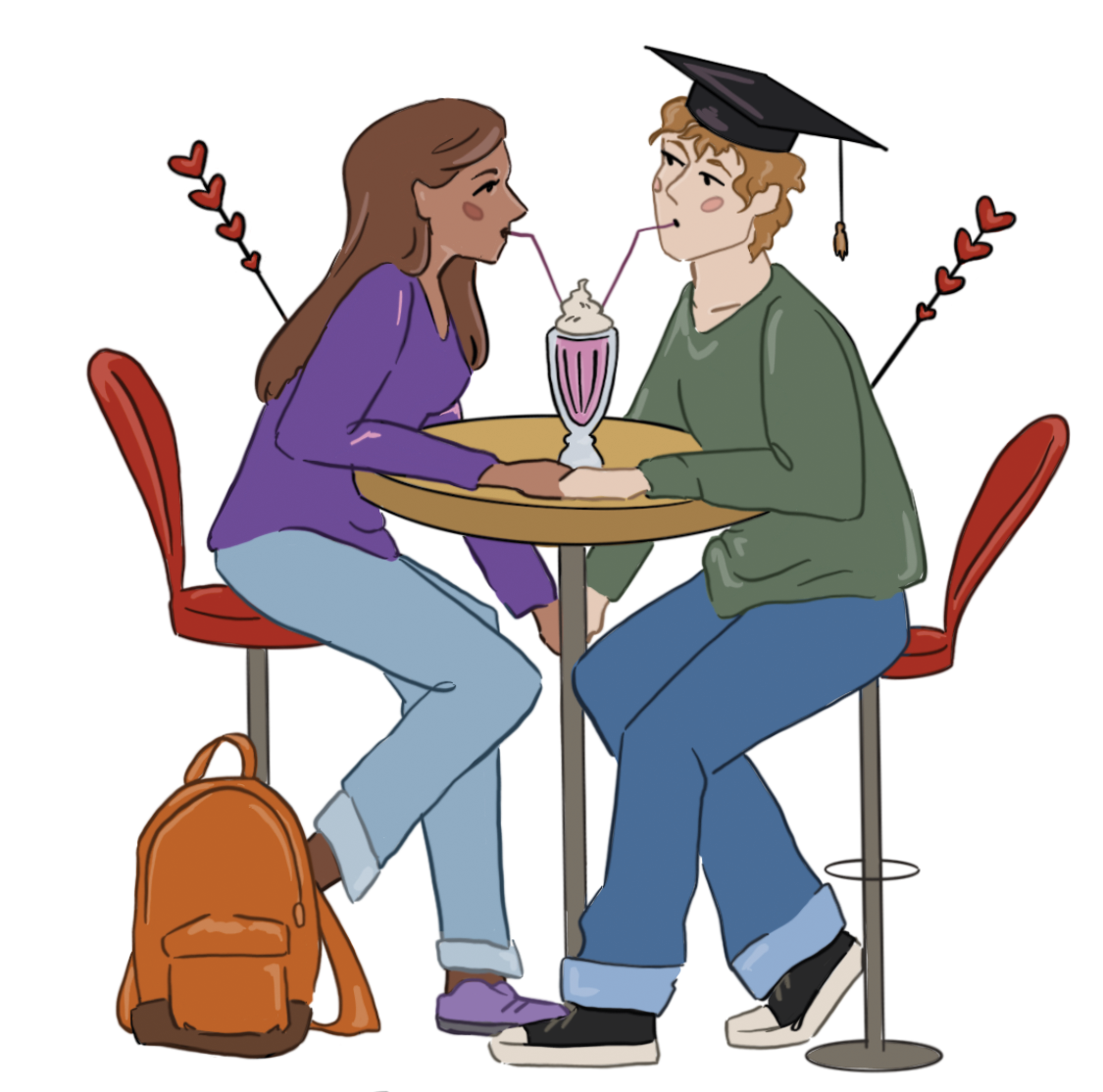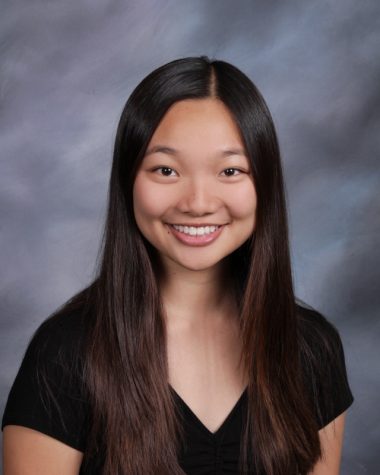As news of President Rick Commons’ email regarding the school closure spread March 11, Caleb*, who had been in the middle of coding a Java program in class, began discussing his plans for the upcoming weeks with his peers. From inside the classroom, Caleb could already hear strains of bass-heavy music and shouting emanating from the quad as students swarmed the lunch tables, celebrating.
“Everyone in the class freaked out,” Caleb said. “My teacher just gave up, and he let us get out ten minutes early because he knew there was no point in trying to keep us down. I ran down to my friends on the quad, and we were all jumping up and down.”
Students respond to school closure and first week of social distancing
Unaware of the implications of the school closure, Caleb said he formed plans to eat dinner with his friends that night at Westfield Century City.
“The first thing we said was, ‘Oh, let’s go do something tonight,’” Caleb said. “In that entire time, we hadn’t even considered the fact that this was happening for a very serious reason. We didn’t ever think that the coronavirus would be this serious that we’d be quarantined.”
Beginning the week of March 16, media outlets including the Wall Street Journal and Business Insider revealed that teenagers and college students were crowding on Daytona and Clearwater Beach in Florida to celebrate spring break. Images of swimsuit-clad students partying in booze cruises and blatantly violating social distancing sparked outrage, prompting debates about the generational divide between millennials and the elderly, who have a much higher risk of contracting COVID-19.
According to the Morbidity and Mortality Weekly Report, released by the Center for Disease Control and Prevention (CDC), Americans 65 years and older account for 80 percent of coronavirus-related deaths in the United States. Millennials, who claim to be unaffected by the disease, are still at risk, however. The CDC stated that 20 percent of infected people ranging from 20 to 44 years old have been hospitalized, and still more are carriers, transmitting the disease to older populations without showing any symptoms.
College students hold parties, sparking generational conflict
Emory University student Alexa Frandzel ’18 returned to Los Angeles during the week of March 16 and said that students at the college continued to hold parties even after social distancing procedures had been enacted.
“I think students wanted one last hurrah, and viewed partying as an opportunity for just that,” Frandzel said. “On most college campuses, get-togethers and mini parties are somewhat of a social norm, so I think students saw it as just that. I participated in smaller social gatherings, maybe that mimic a small party. I probably shouldn’t have done that, but it was my only chance to say goodbye to my friends.”
Elena* said she, like Caleb, arranged to meet with 20 of her friends to watch a movie on the first day of the closure and was not particularly concerned about the risk of spreading the coronavirus.
That week, Elena also planned to host a party for about 70 people, scheduled for March 21, after organizing similar events on Halloween and New Year’s, she said. However, when California Governor Gavin Newsom and Los Angeles City Mayor Eric Garcetti ’88 strongly encouraged residents to obey social distancing protocol, Elena understood the severity of the coronavirus outbreak and canceled the party, she said.
“On [March 19], we said, ‘[this party] isn’t happening,’” Elena said. “It was super unsanitary, and restaurants were shut down, so I thought if they were closing restaurants where people gather, I shouldn’t have a party where people gather in large groups. We can’t have a meeting when there’s a virus going around that’s so fatal, and there might be open bottles and cups.”
During the first week of online classes, Cora* also regularly met with eight of her friends to eat at restaurants and later, to hike, once quarantine was more strictly enforced. She said that while her parents have been lenient, some of her friends’ parents were not aware that their children were gathering in groups larger than three.
As the primary caretaker of her grandmother at home, Cora said she tries to practice good hygiene but believes that the risk of spreading the coronavirus within her group remains low, as she meets with only one group of individuals.
“I try to hang out with the same group of people, and I know that they’re all quarantined, so it limits the risk of having outside influences,” Cora said. “I recognize I should be more careful because I have a grandparent living in the house with me, but at the same time, I’m sure a lot of other students will relate to this—spending too much time with my family can not be great mentally. Even though [my friends and I] can interact through a screen, it’s still not the same, but I understand that it’s a little bit selfish.”
Students and faculty members realize severity of outbreak
English teacher Lisa Rado said she understands why millennials wish to meet with their friends but that during this time of crisis, they must prioritize the safety of community members over themselves.
“I understand how frustrating [social distancing] is for kids especially, who have the opportunity to do things on their own,” Rado said. “You feel like, ‘I deserve to have my young life, and I want to be able to make my memories. I’m not going to get sick; nobody’s dying my age.’ None of the policy experts are trying to be mean, but the fact is that this is one of the moments in your life when you have to think beyond yourself. I’m so sorry to say this, but I feel like everyone’s going to have to grow up.”
As a resident of Santa Monica, Eli Friedman ’21 said that he often saw large families and individuals gathering at the Santa Monica State Beach and transgressing social distancing procedures before the beach closed March 27. Nowadays, he still frequently sees students visiting each other in public spaces and posting videos or pictures of their meetings on their Snapchat stories, he said.
“In Santa Monica, the beach paths are still full of people who are less than six feet apart,” Friedman said. “Even if it only seems like a small gathering, there are going to be consequences. If everybody broke the rules in the same way, [the pandemic] would be tenfold worse. I feel that my generation’s disrespect towards the safety of their communities has put everyone in great danger.”
Social interaction needed to maintain mental health
On the other hand, history teacher Elizabeth Bergman said she empathizes with students and their innate desire for physical interaction, especially during times of stress.
“Humans are social creatures; we need contact,” Bergman said. “Isolation is how we punish people; we punish small children by putting them in time-out, and we punish criminals by putting them in solitary confinement. I understand and am sympathetic towards the desire to see friends and to engage in social contact.”
Although Caleb has since stopped gathering in large groups, he said he still meets with one of his closest friends for non-essential matters in public areas around L.A., even with Garcetti’s “safer at home” order in place. He said that visiting his friends has provided some relief from social isolation, especially during the first week after receiving Commons’s initial email.
“This situation has felt pretty surreal,” Caleb said. “I feel terrible for saying this, but I feel like there isn’t much of a big risk [meeting with my friends]. I know hanging out with my friends brings the chance that I could spread it to other people, but it feels like I’m missing so much if I don’t see them. It’d just feel like I’m missing an important part of life.”







































